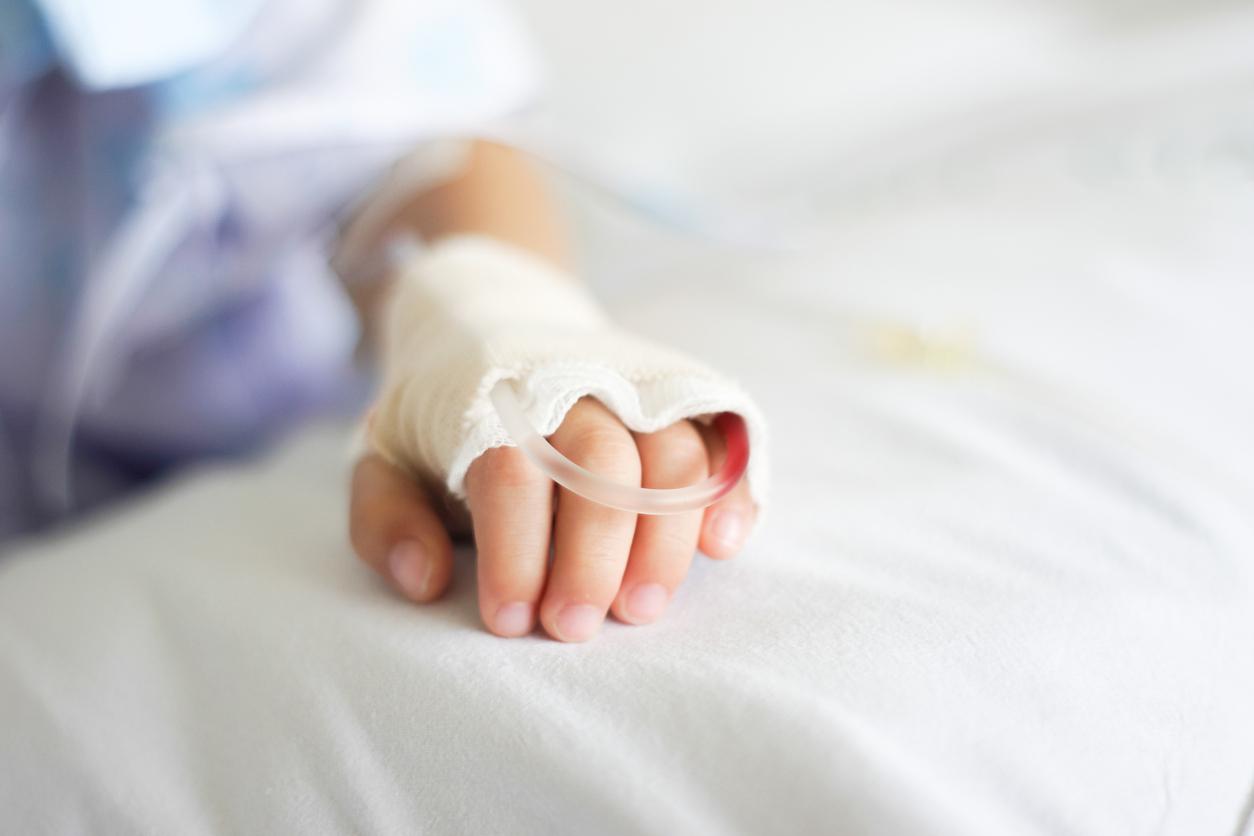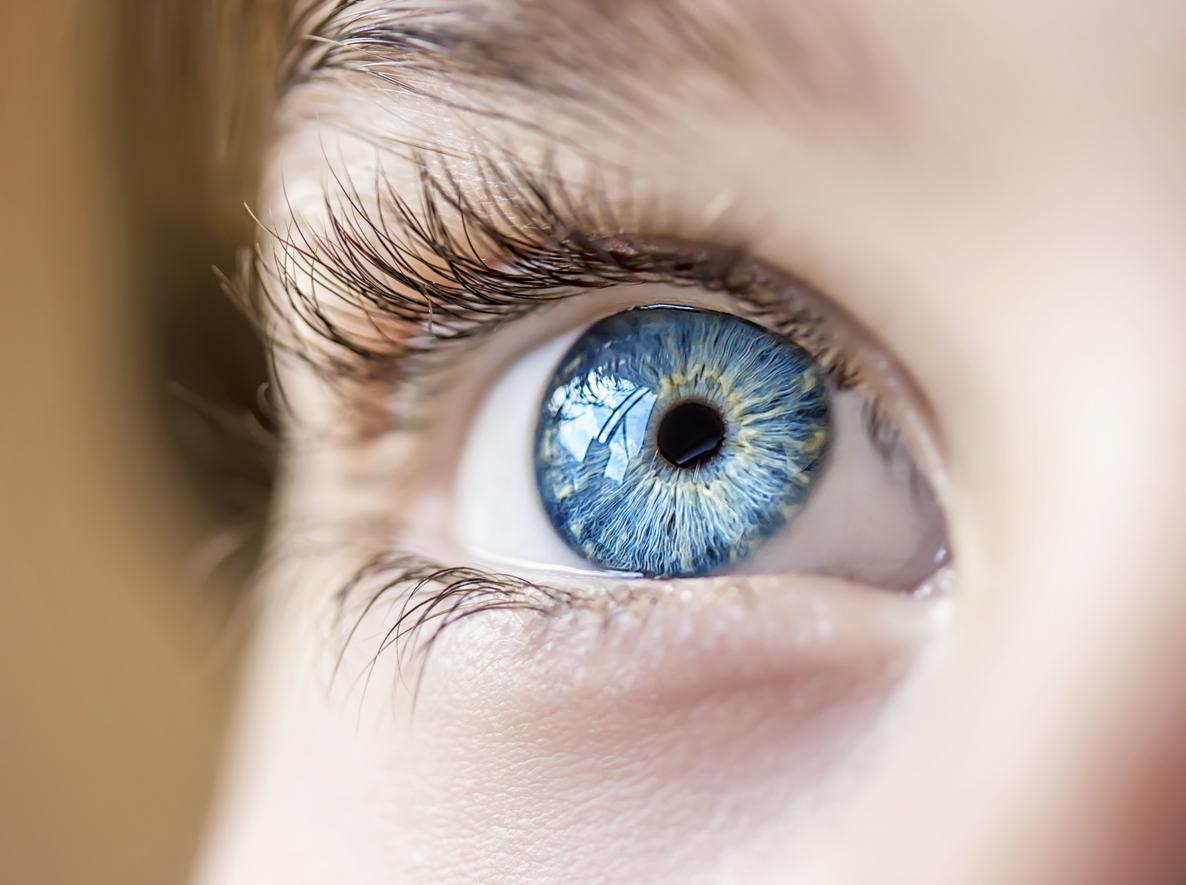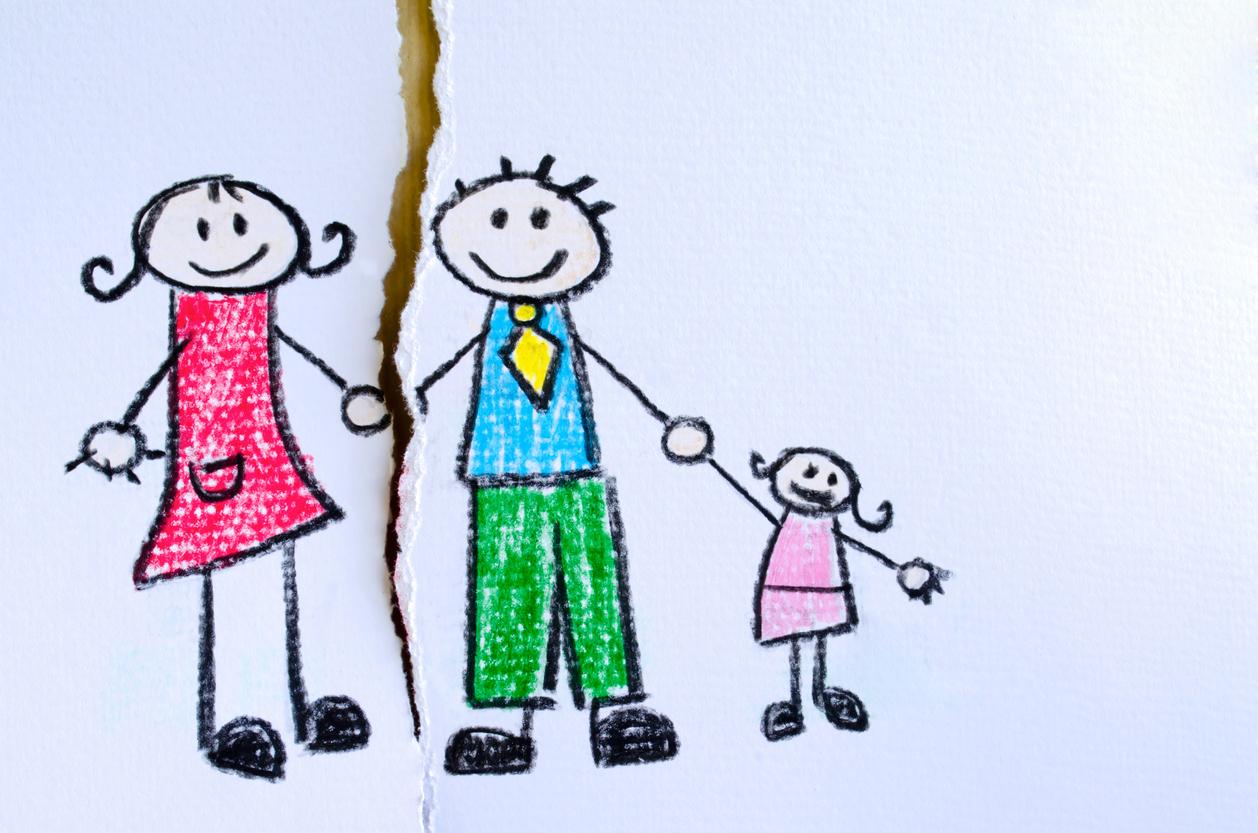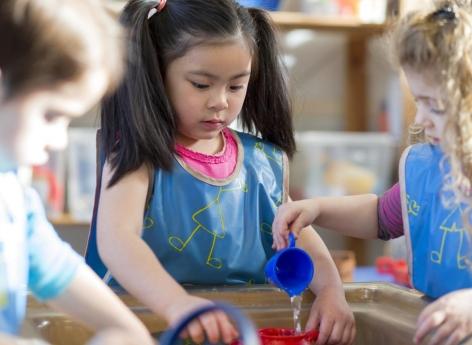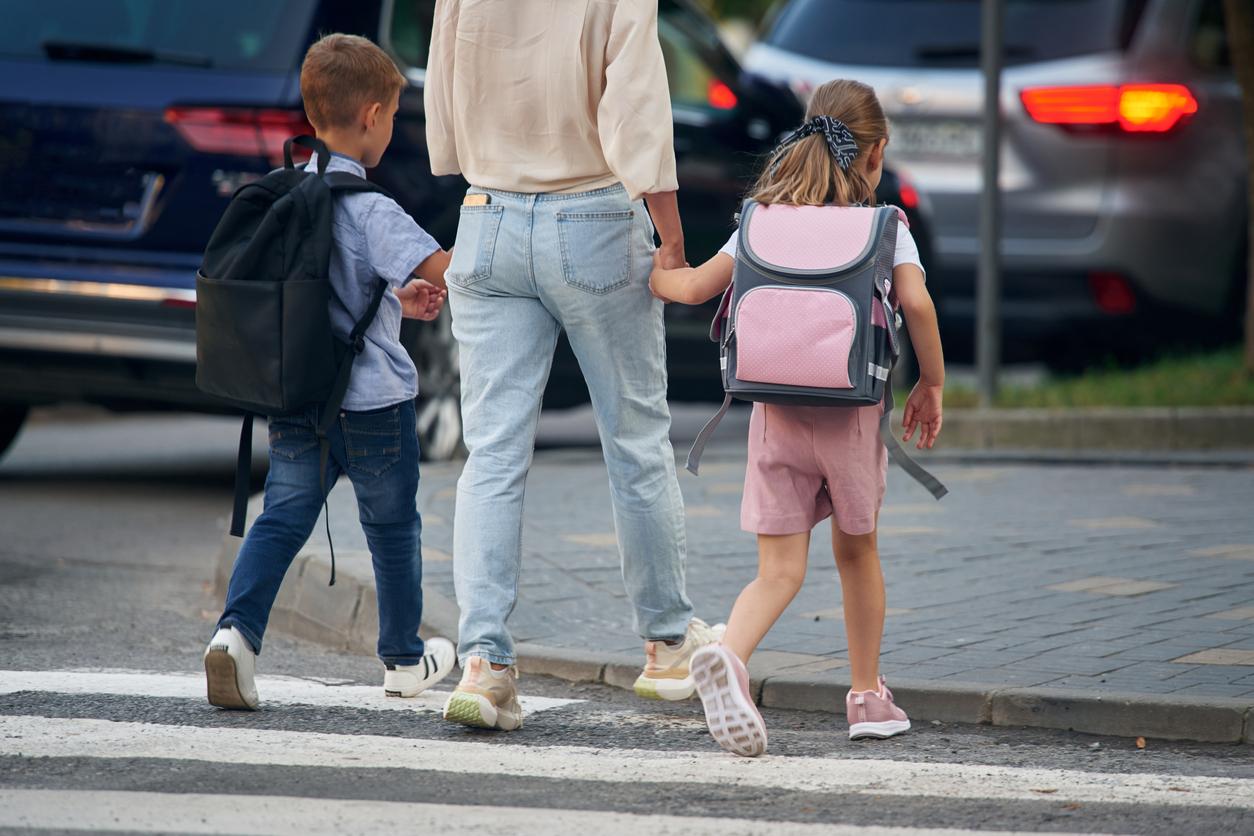Continuous low-dose maintenance chemotherapy increases survival in children and adolescents with rhabdomyosarcoma, a rare form of muscle cancer.

Good news in childhood cancer! Unveiled at the ASCO 2018 plenary conference, theRMS2005 study, a large European cooperative study proves that continuous low-dose maintenance chemotherapy (over 1 year instead of 6 months) increases the survival of children and adolescents with rhabdomyosarcoma by 13%.
The first randomized phase III study to demonstrate positive results for more than 30 years in this disease, the RMS2005 study is also a study which uses a “metronomic” scheme, ie it uses vinorelbine and cyclophosphamide low dose and continuous. This European study will clearly transform the management of these cancers.
To conduct this study, the rarity of this cancer required cooperation for 10 years between 14 countries and 158 hospitals in the European cooperative group EpSSG (European Pediatric Soft Tissue Sarcoma Study Group).
Rare but serious tumors
Rhabdomysarcomas are rare pediatric cancers. In France, around 100 children and adolescents are affected by this disease each year. The tumor can be found anywhere in the body but mainly in the area of the head and neck, limbs and the urogenital sphere.
The standard management of children and adolescents with rhabdomyosarcoma at high risk of relapse consists of 9 courses of initial chemotherapy, or “induction” chemotherapy. Depending on the tumor and its location, surgery and radiotherapy may complete the treatment. With this management, approximately 70% of patients recover.
A featured presentation at ASCO
The results of this study presented in plenary session of ASCO by Dr Gianni Bisogno (Padua, Italy) demonstrate that maintenance treatment increases the cure rate by about 13%. At 5 years after diagnosis, 86.5% of children treated with maintenance chemotherapy survived compared to 73.7% without maintenance treatment. Tolerance to these doses is much better and is most often compatible with a normal life for the child. To reach definite conclusions, it was necessary to include 370 children and adolescents aged 1 to 21 years.
A study that changes practice
Following the results of this study, the new standard of treatment is evolving: children and adolescents suffering from rhabdomyosarcoma classified as high risk will now receive continuous maintenance chemotherapy (or “metronomic” chemotherapy) for 6 months which will follow. add after the first 6 months of induction therapy with standard chemotherapy.
This study will also change the standard of treatment for adults with rhabdomyosarcoma since approximately half of these cancers diagnosed in adults are pediatric.
Gianni Bisogno of @UniPadova on low-dose maintenance #chemotherapy in high risk #rhabdomyosarcoma #pediatriconcology # ASCO18 pic.twitter.com/7QGDvU8z75
– The ASCO Post (@ASCOPost) June 3, 2018
European collaboration on a “metronomic” scheme
This chemotherapy is administered on a “metronomic” schedule, that is to say at a low dose and continuously. It is incomparably better tolerated than standard chemotherapy at “maximum tolerated dose” and acts by probably different mechanisms, such as modulation of immunity and blocking the formation of the vessels necessary to nourish tumor cells (“anti -angiogenic ”). During this phase of continuous low-dose maintenance, children can most often resume normal activity, which is not the case with conventional chemotherapy.
This major study demonstrates the necessary union of research at European level to change practices in rare cancers such as childhood.
.









